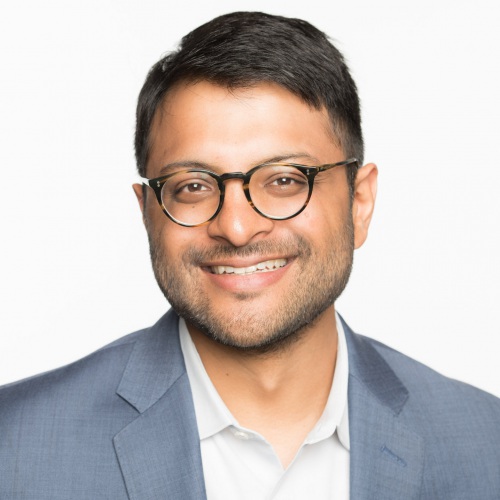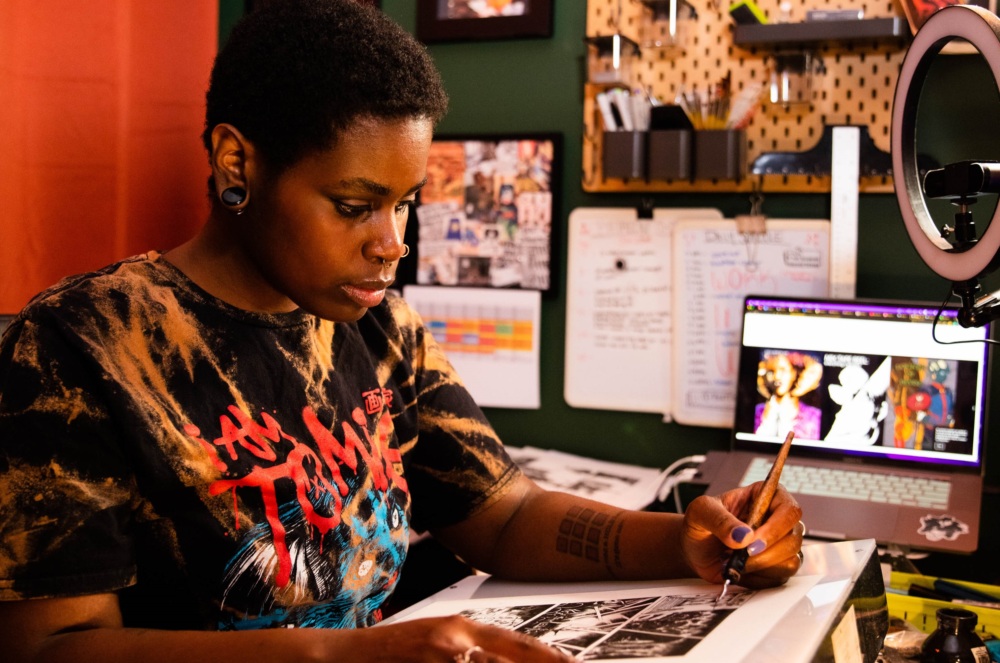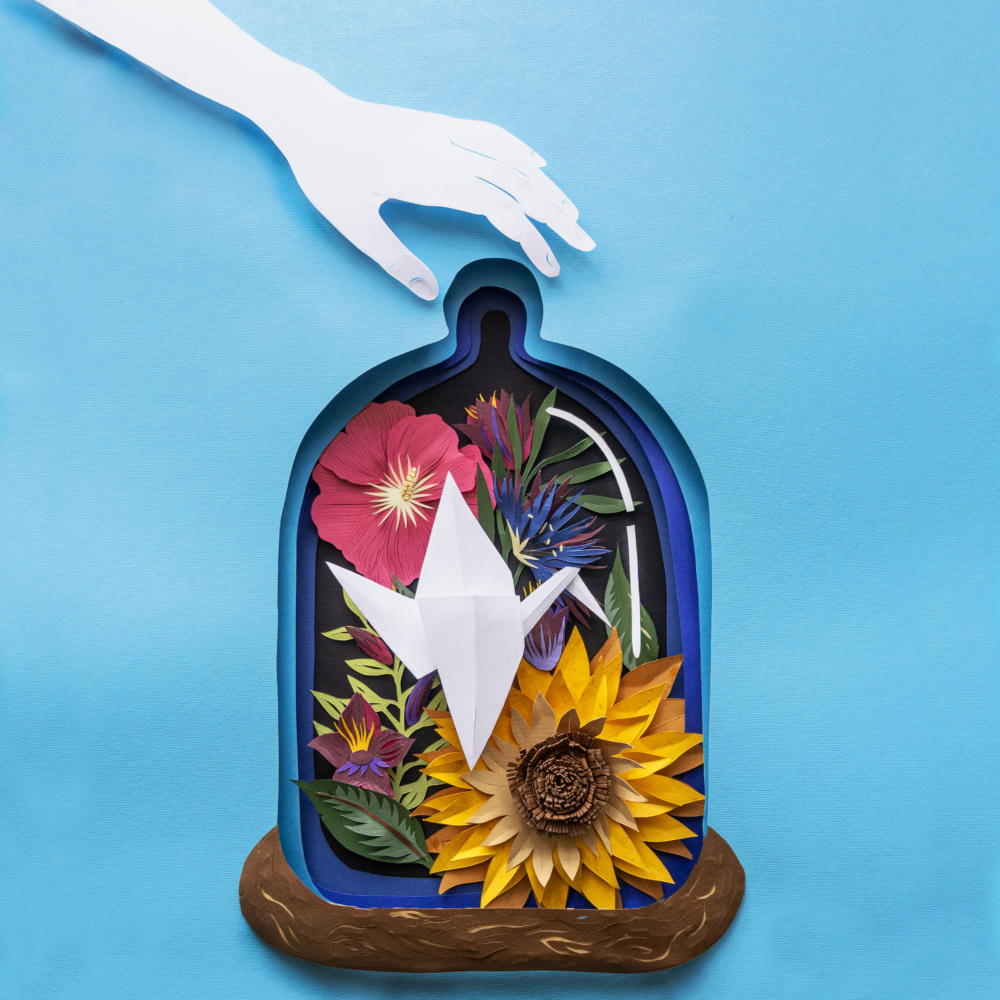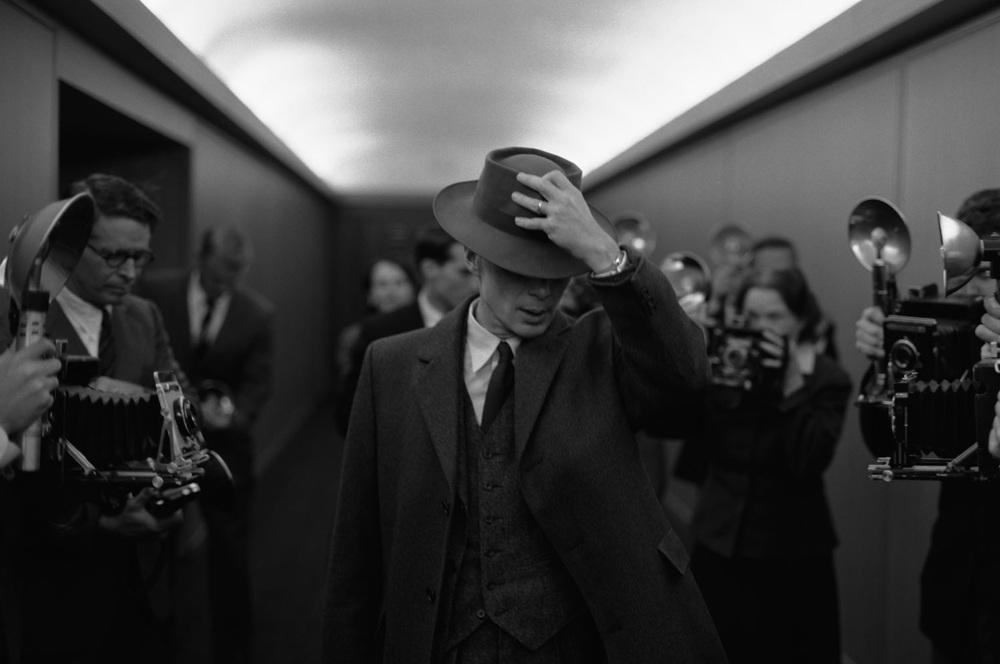
Ravi Garla
Strategic Communications Consultant
Atomic Pulse
In her 1985 essay, the great writer and civil rights activist Audre Lorde reflected:
“Poetry is not a luxury. It is a vital necessity of our existence. It forms the quality of the light within which we predicate our hopes and dreams toward survival and change, first made into language, then into idea, then into more tangible action.”
This April, National Poetry Month in the United States, offers an opportunity to explore how poets help shape our collective hopes for survival and change, elements that are at the heart of NTI’s work to secure future generations from biological and nuclear threats.
Throughout the month, NTI will be sharing on social media selected poems from survivors of the 1945 atomic bombings of Hiroshima and Nagasaki, members of communities impacted by nuclear weapons development and testing, and other poets reflecting on today’s nuclear dangers and prospects for peace and imagining a safer future.
Today, we’ll start by sharing two selections and our reflections on their significance.
Selection #1: Prelude, Poems of the Atomic Bomb, by Sankichi Tōge (1951)
“give back the fathers! give back the mothers!
give back the elderly!
give back the children!
give me back! give back the human beings
connected to me!
for as long as there are human beings a world of human beings
give back peace
a peace that will not crumble!”
The 20th century was marked by great scientific and technological advancement as well as unprecedented devastation from the atomic bombings of Hiroshima and Nagasaki. Faced with the unthinkable, poets captured the horrific human impacts of the bombings and the need for peace.
Hiroshima survivor Sankichi Tōge remains one of the most prolific writers to have experienced the bombing, though he died of tuberculosis in 1953. The Osaka-born poet published his collection, Poems of the Atomic Bomb, to international acclaim in 1951. The text is rich with themes of loss and horror, but his ”Prelude,” above, offers all the context the reader needs. Tōge’s collection is both an elegy and call for peace.
On the other side of the world, Cynthia Lowen learned that her grandfather worked on the World War II-era Manhattan Project to develop the world’s first nuclear weapons. In the process of working through that legacy, Lowen used poetry as a means to “hold Oppenheimer accountable for the tragedies of his work.” The result was a three-part series: The Cloud that Contained the Lightning.
Selection #2: Reflections after the June 12th March of Disarmament, by Sonia Sanchez (2004)
“…I have come to you tonite not just for the stoppage
of nuclear proliferation, nuclear
plants, nuclear bombs, nuclear
waste, but to stop the proliferation
of nuclear minds, of nuclear generals
of nuclear presidents, of nuclear scientists,
who spread human and nuclear waste
over the world …”
Sonia Sanchez, who wrote this poetic reflection, was among the many cultural influencers who helped galvanize public consciousness around nuclear dangers in the 1980s. Along with other artists including musicians Bruce Springsteen and Joan Baez, she attended the June 12, 1982 peace rally in New York City which was held as the United Nations began a special session on nuclear disarmament. The rally drew more than one million people to Central Park in what, at the time, was the largest political demonstration in U.S. history.
Her poem spoke not only about the need to eliminate nuclear dangers, but also the shift in our mindsets and the institutions that propagated those dangers.
The powerful “freeze” movement of the 1980s coincided with substantial reductions in nuclear weapon stockpiles, particularly in the United States. However, with the end of the Cold War, the movement petered out, and historians and nuclear experts debate its impact. What isn’t at question is that poets and other artists reflected the public fear around the U.S.-Soviet arms race and helped galvanize public involvement.
Follow Us for More
Already this month we’ve shared poems on survival and devastation, and we’ll continue to post on Twitter and Instagram throughout April using #NationalPoetryMonth. We encourage our followers to share their favorite poems with us as well. And if you agree that song lyrics and poetry are connected, check out our Atomic Songs playlist on Spotify for songs about nuclear dangers, peace, and a better future.
Sign up for our newsletter to get the latest on nuclear and biological threats.
Gigi Murakami is an American freelance illustrator and manga (comic) creator based in Brooklyn, New York. Her work blends Japanese manga art and vintage American comic and pulp aesthetics.
Eugenia Zoloto is a Ukrainian artist who specializes in paper cutting, collages, and illustrations, in addition to working with oil paints and mixed mediums. She lives in Kyiv with her husband and two children and is participating in the 2023 #CranesForOurFuture campaign by contributing a beautiful floral sculpture featuring an origami crane.
Considering the current nuclear landscape, the power of Christopher Nolan’s film and the moral and ethical questions raised by J. Robert Oppenheimer’s work, movie viewers may be motivated to act to advocate for a world without nuclear weapons. But how?



